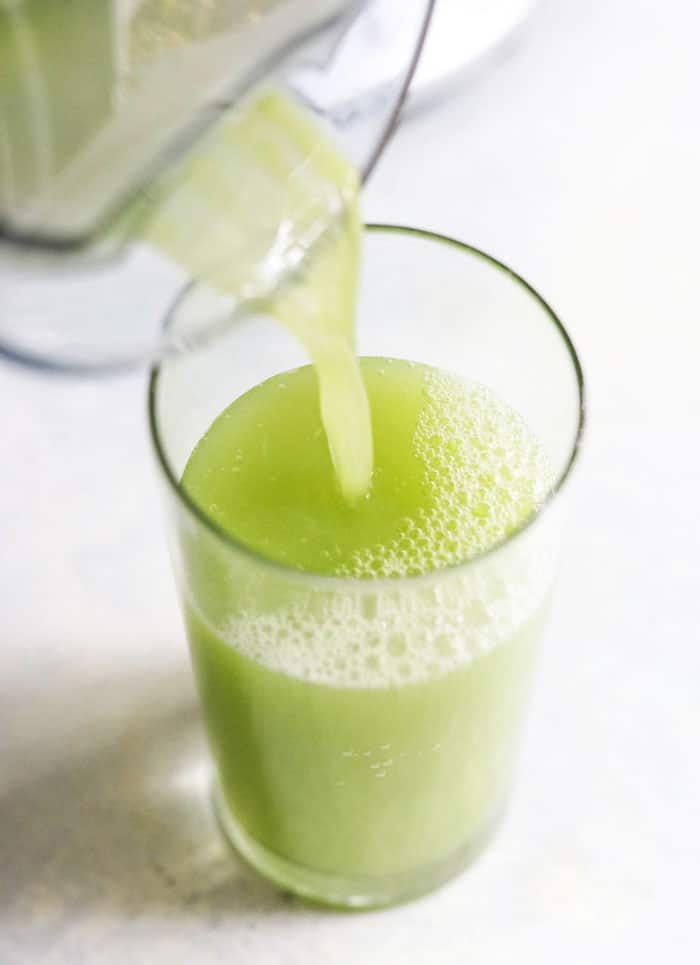
This method was first used by the ancient Chinese, Romans, Indians and others. In the early fifth century BC, the Buddha taught the world to collect and store salt. The Romans used ceramic containers called briquetage to collect the brine. The concentrated salt was scraped by workers and washed off any impurities. The workers then put the brine in shallow pans, and placed them on clay pillars that were set over a fire of lava. They then sold the sea salt powdered to dried workers to the New World colonists. In the New World slavery was brought from Africa in order to rake salt across various islands of the West Indies.
While most people know about table salt, not everybody knows how sea Salt is made. While table salt is primarily made up of sodium chloride (the main ingredient), sea salt also includes magnesium, iron, calcium and potassium. These minerals are found in trace amounts in sea salt, and they are incorporated in the salt crystals. While it is best to use this mineral in moderation, adding a pinch to your dish will add extra nutrition and mineral nutrients.

The most common salt type is sea salt. It originates from warm climates and is harvested by flooding man-made pools with salt water and waiting for it to evaporate. The crystals are left behind after the water has evaporated from the manmade pool. These manmade pools are called "salt work". Salt is harvested in many different ways. The process of harvesting salt can take several billions of year.
Sea salt production is a complex process. First, you need to extract seawater. The seawater must be evaporated from the ocean. The water is allowed to remain in the water to dry and become concentrated. After that, the sea sal is ready to sell. The final product is then labeled with the unrefined and refined labels. Unrefined sea salt may be gray or contain trace minerals or marine bacteria that contribute to its complex flavor.
The process for harvesting sea salt can be done in a few steps. The salt crystals form at the bottom of the water and are nearly dry. You can remove impurities by adding water to the container and then scraping the salt from the surface. This is an excellent method to collect sea sal. It is very affordable and widely available. It is available in many countries. The salt can be used by humans once it is harvested. Its use is endless.

Extracting salt from seawater is similar to extracting salt water. However, each salt is treated differently. Some salts come from the sea while others are taken from the earth. Chemicals are used in the latter case to extract salt. To obtain iodine, minerals are removed from seawater. In order to extract the iodine from salt, other minerals are also removed.
FAQ
Are there any requirements to become a chef?
No. Many chefs learned their craft on their own. Some went to culinary school simply to gain experience. Most chefs prefer to go to culinary school to expand their professional opportunities. Culinary schools give students hands-on experience, which allows them to develop valuable skills as well as improve their culinary knowledge.
How can I get hired as a cook?
Through word-of-mouth, you can find a job to be a chef. Friends and family might know of a restaurant in need of additional staff. Restaurants often post openings on websites and bulletin boards.
Can I learn how to cook together with my children?
Yes! Children love to help in the kitchen. It's a fun activity that teaches them responsibility and teamwork. Children can help in everything, from washing vegetables and cutting onions. They will enjoy helping you to cook if your children are safe with knives.
Are you able to cook by yourself?
Yes, it is possible to be a self-taught chef! Everyone loves cooking, regardless of whether they are skilled or not. You can learn to cook by starting at home. Start small with simple things like spaghetti sauce or pancakes for breakfast. The best way to learn how to cook is to try new recipes and experiment. It's possible that you will make mistakes.
It takes anywhere from several hours to several weeks to learn how to cook, depending on your skill level. It is important to remember that cooking doesn't have to be about following recipes. There are so many ways to prepare food.
What are the advantages of using a slow cooker to cook?
Slow cookers allow you to make delicious meals with minimal effort. Slow cooker recipes often have a lower oil and fat content than traditional recipes. Also, slow cooker recipes are easy to use because they do all the work while you sleep.
Statistics
- The median pay for a chef or head cook is $53,380 per year or $25.66/hour, according to the U.S. Bureau of Labor Statistics (BLS). (learnhowtobecome.org)
- You'll be amazed that over 90% of CIA students receive scholarships and grants to finish their culinary studies. (ischoolconnect.com)
- According to the BLS, chefs earn $58,740 a year. (learnhowtobecome.org)
External Links
How To
How to make the perfect omelet
Omelets have always been a favourite food to eat for breakfast. But how do you create them perfectly? I have tried many different recipes and methods, but none of them work. So I am sharing some tips and tricks today to help you make fluffy, delicious omelets every morning.
It is important to know that eggs can be temperamental when making omelets. It is important that eggs are fresh from an organic market and kept cool until used. The yolks and whites will not form properly if they aren't kept cold enough. This causes your omelets to look oddly colored. It is best to use room-temperature eggs if you are going to cook them right away.
You can also separate the egg before you add it to the pan. The yolk and white should not be mixed together as this can cause the omelet's curdle.
If you add the egg directly onto the stovetop, you might end up burning the bottom part of the egg, which would ruin the texture of your omelet. Instead, place the egg in the microwave for 10 second before you put it in the skillet. The heat from the microwave cooks the egg just enough without overcooking it.
Next, let us talk about how to mix the eggs. Mixing eggs together is important. You need to beat them well. You need to turn the bowl of the mixer upside down. Then, vigorously shake the bowl. The egg will be thoroughly mixed in the bowl as the air is whipped.
The fun part begins - you need to pour the milk into your mixture. Fold the eggs in the milk mixture by first pouring half of it into the egg whites. Don't worry if there are still streaks of egg visible; these streaks will disappear once you flip the omelet.
After you have folded the eggs, heat the oil in a pan over medium heat. Once the oil has started to sizzle, turn the heat down to low. Add 1/4 cup butter to the oil and swirl it around to coat all sides of the pan. Now carefully crack open the lid of the pan and sprinkle salt into the pan. An additional pinch of salt will prevent the omelet form sticking to your pan.
Cover the pan once you have formed the omelet. Wait for the top to set. Flip the omelet by using a spatula. Cook the opposite side for another minute. Take the omelet out of the pan and immediately serve.
This recipe is best when used with whole milk. But, you can use skimmed milk as well.